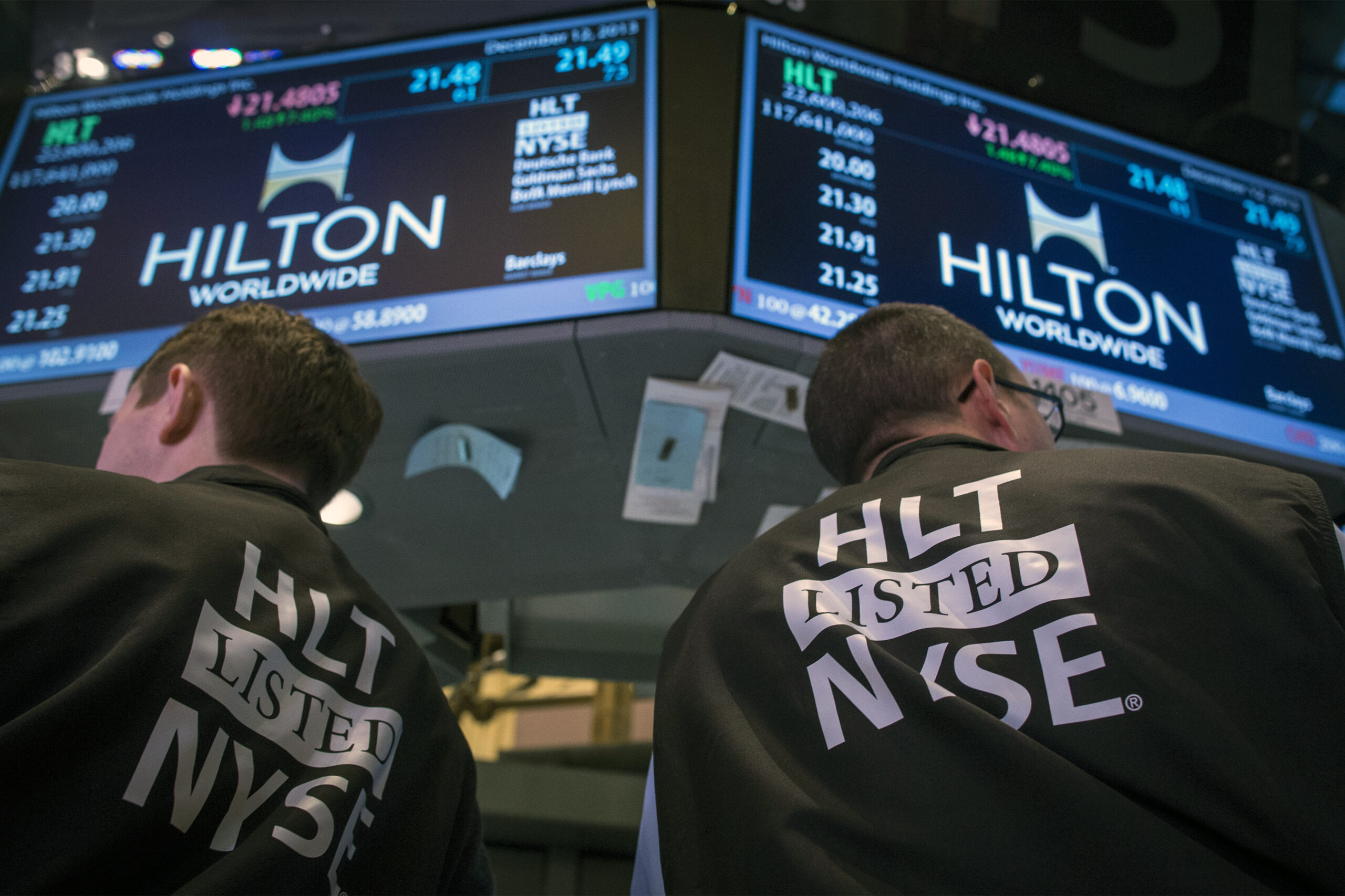On Wednesday, hotel operator Hilton Worldwide (NYSE: HLT) raised its forecast for 2024 profit after beating second-quarter estimates as robust demand for international travel offset losses from slowing travel demand in the U.S.
The sector has been benefiting from a sustained rise in international travel as tourists flock to destinations in the Middle East and Europe, but many have warned of an impending slowdown as consumers grow cautious of spending.
Hilton’s international revenue per available room (RevPAR) grew 3.5% for the quarter, led by 10.7% growth in the Middle East and Africa, and 6.7% in Europe.
However, RevPAR in the U.S. grew at a sluggish 2.9% as economic uncertainty forced Americans to rethink their travel plans, sending shares of Hilton down 1.5%.
Consumers spent all the money they saved during the pandemic and now they are borrowing more, Hilton CEO Christopher Nassetta said on an earnings call.
“They have less available, less disposable income, and (less) capacity to do anything including travel,” he said.
Hilton Worldwide (NYSE: HLT) lowered its 2024 RevPAR growth forecast to a range of 2% to 3%, compared with its previous forecast of 2% to 4%.
“Given the softness and concerns in the macro outlook generally, we expect greater-than-normal scrutiny of guidance reductions” from investors, said Jefferies analyst David Katz.
Hilton’s room development pipeline increased to 508,300 rooms at the end of June, from 472,300 rooms in the prior quarter.
The Virginia-based company also raised its net unit growth (NUG) projection to between 7% and 7.5%, from a previous range of 6% to 6.5% to reflect its acquisition of Graduate Hotels in March.
It expects full-year profit between $6.93 and $7.03 per share, compared with its previous forecast of $6.89 to $7.03.
Quarterly adjusted profit came in at $1.91 per share, compared with Wall Street estimates of $1.86.
Total revenue for the quarter ended June 30 was $2.95 billion, up 11% from last year and higher than analysts’ estimates of $2.93 billion, according to LSEG data.
(Source: ReutersReuters)
Zabih Ullah is a seasoned finance writer with more than ten years of experience. He is highly skilled at analyzing market trends, decoding economic data, and providing insightful commentary on various financial topics. Driven by his curiosity, Zabih stays updated with the latest developments in the finance industry, ensuring that his readers receive timely and relevant news and analysis. Read Full Bio










